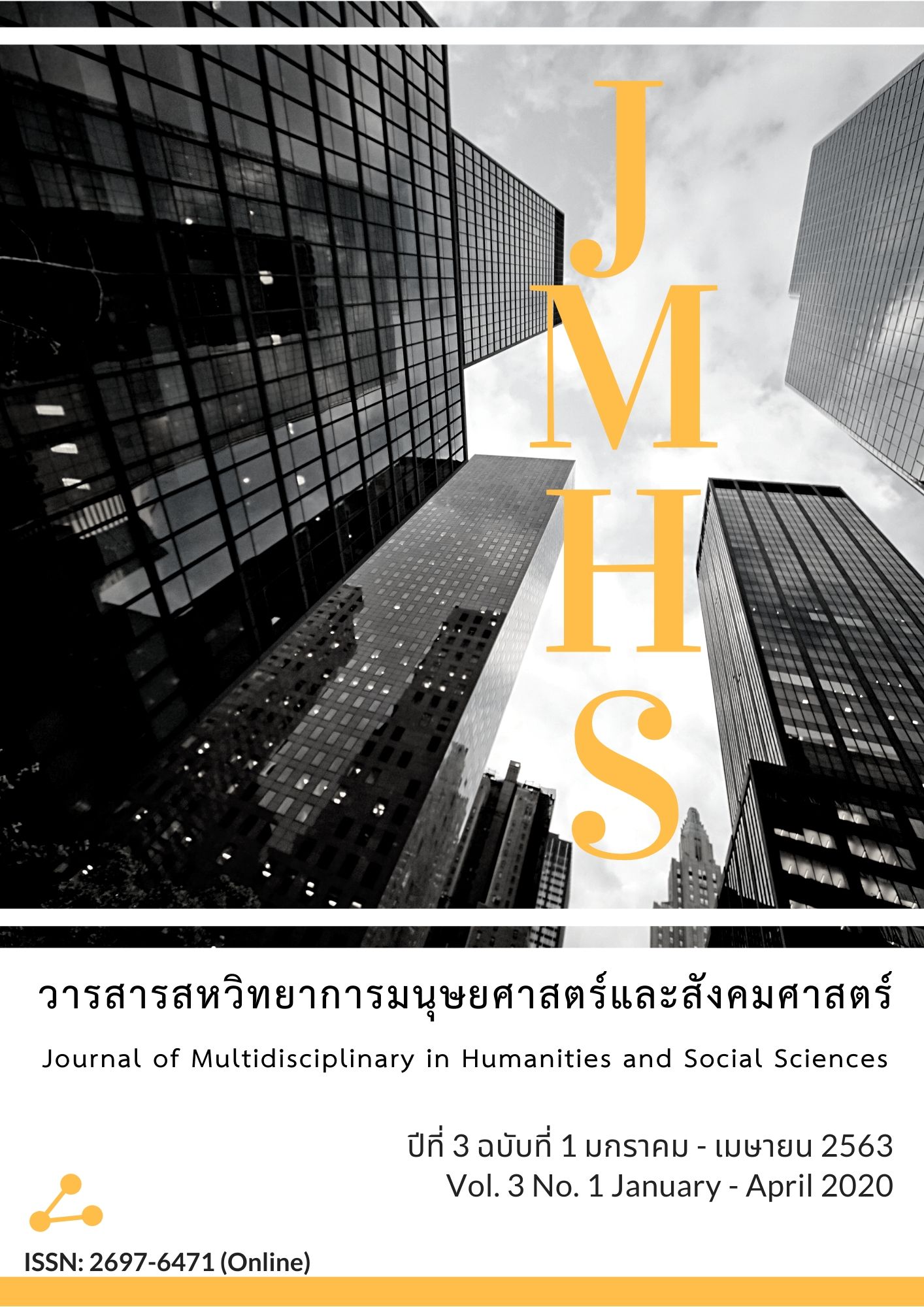The Perception of Brand Personality in the Context of Hotel of Undergraduate Students
Main Article Content
Abstract
The word-of-mouth communication or telling others a story offers a marketing strategy which is extremely important for the stability and survival of hotel business as the information conveyed through this channel is often perceived reliable. Researcher suggests that a crucial factor that may lead to word-of mouth communication is to make use of brand personality as a strategy for building the unique characteristic of a hotel brand. Brand personality consists of five dimensions: sincerity, excitement, competence, sophistication, and ruggedness. The study aims to influence of these dimensions of brand personality on word-of-mouth communication by collecting data with 400 university students in Thailand. Results reveal that competence are sincerity, excitement, competence, sophistication, and ruggedness have an impact on word-of-mouth communication. These results can serve as guidelines for marketing strategies in the context of hotel industry by building competence personality for a hotel brand and thus resulting in positive word-of-mouth.
Article Details
Views and opinions appearing in the Journal it is the responsibility of the author of the article, and does not constitute the view and responsibility of the editorial team.
References
ปนัดดา ตันสุวรรณรัตน์. (2553). ความสัมพันธ์ระหว่างจุดดึงดูดใจทางการโฆษณา (จุดดึงดูดใจด้านความกลัวจุดดึงดูดใจด้านอารมณ์ขัน และจุดดึงดูดใจทางเพศ) กับบุคลิกภาพตราสินค้าในภาพยนตร์โฆษณาทางโทรทัศน์(วิทยานิพนธ์ปริญญามหาบัณฑิต). มหาวิทยาลัยขอนแก่น.
พจน์ ใจชาญสุขกิจ. (2015) Good Brand & Grand Image ปั้นแบรนด์ฮิตให้ติดตลาด. กรุงเทพฯ: สำนักพิมพ์มติชน.
นวลอนงค์ ผานัด. (2558). โมเดลเชิงสาเหตุอิทธิพลของคุณภาพการให้บริการและคุณค่าที่รับรู้ที่มีต่อความไว้เนื้อเชื่อใจ ความพึงพอใจ การบอกต่อ และการกลับมาใช้บริการซ้ำของลูกค้าบริษัท การบินไทย จ้ากัด (มหาชน)(การค้นคว้าอิสระปริญญามหาบัณฑิต). มหาวิทยาลัยกรุงเทพ.
สำนักยุทธศาสตร์และการวางแผนเศรษฐกิจมหภาค. (2558). NESDB ECONOMIC REPORT: ภาวะเศรษฐกิจไทยไตรมาสที่สองและแนวโน้มปี 2558. สืบค้นวันที่ 1 พฤศจิกายน 2558. จาก https://www.nesdb.go.th/ewt_news.php?nid=4108& filename=index.
Aaker, J. L. (1997). Dimension of Brand Personality. Journal of Marketing Research, 34(3), 347-356.
Asker, David A. & Beil, Alexander L. (1993). Brand Equity & Advertising. USA: Lawrence Erlbaum Associates.
Ekrem Cengiz and Hilmi Erdoğan Yayla. (2007). The Effect of Marketing Mix on Positive Word of Mouth Communication: Evidence from Accounting Offices in Turkey. Innovative Marketing, 3(4), 74-86.
Jiang, Y., and Wang, C. L. (2006). The Impact of Effect on Service Quality and Satisfaction: The Moderation of Service Contexts. Journal of Services Marketing, 20(4), 211–218.
Demers, J. (2013). AEC. Academic Focus. Retrieved January 2, 2016 from http://library2. parliament.go.th/ejournal/content_af/2558/jul2558-3.pdf.
Parasuraman, A., Zeithaml, V. A., and Berry, L.L. (1998). SERQUAL: A Multiple Item Scale for Measuring Customer Perceptions of Service Quality. Journal of Retailing, 64, 12-40
Philip, K. (2003). Marketing Management. NJ: Prentice Hall.
Swaminathan, V., Stilley K. M. and Ahluwalia, R. (2009). When Brand Personality Matters: The Moderating Role of Attachment Styles. Journal of Consumer Research, 35, 985-1002.


